【New Law】Application and Key Points of Thoracic Thermal Perfusion Chemotherapy in Thoracic Treatment
Malignant pleural effusions (MPEs) are mainly seen in patients with advanced lung cancer (37.5%), breast cancer (16.8%), lymphoma (11.5%), genitourinary malignancies (9.4%), and gastrointestinal malignancies (6.9%); the median overall survival time for patients with MPEs and pleural metastases is 3-4 months.
Release time:
2025-07-10
Source:
Malignant pleural effusions (MPEs) are mainly seen in patients with advanced lung cancer (37.5%), breast cancer (16.8%), lymphoma (11.5%), genitourinary malignancies (9.4%), and gastrointestinal malignancies (6.9%); the median overall survival time for patients with MPE combined with pleural metastasis is 3-4 months, with a 1-year survival rate of only 36% reported by the IASLC; MPE symptoms are severe, including chest tightness and shortness of breath, affecting rest and sleep; the recurrence rate is high, with frequent recurrence after drainage; the effectiveness of pleurodesis is only about 70% after 1 month and about 50% after 6 months, clinical treatment progress is slow, and there is no standard treatment plan.
Hippocrates, the father of Western modern medicine, believed that "what cannot be cured by medicine can be cured by surgery, what cannot be cured by surgery can be cured by heat therapy, and what cannot be cured by heat therapy cannot be cured at all." Determining the optimal treatment method to control malignant pleural effusion, prolonging progression-free time, is a necessary condition to improve the survival and quality of life of patients with advanced tumors.

Precise thoracic hyperthermic intraperitoneal chemotherapy (HITHOC) effectively clears FCC+ and directly reduces tumor burden. The BR-TRG intracavitary hyperthermic perfusion treatment system heats a large volume of perfusate or perfusate containing chemotherapeutic drugs to a certain temperature, continuously circulating and maintaining a constant temperature into the patient's body cavity (thoracic cavity, abdominopelvic cavity, bladder), and maintaining it for a certain period of time. Through the synergistic sensitization and mechanical flushing effects of hyperthermic chemotherapy, it kills and clears residual cancer cells and micrometastases in the body cavity. This is a new tumor treatment system.
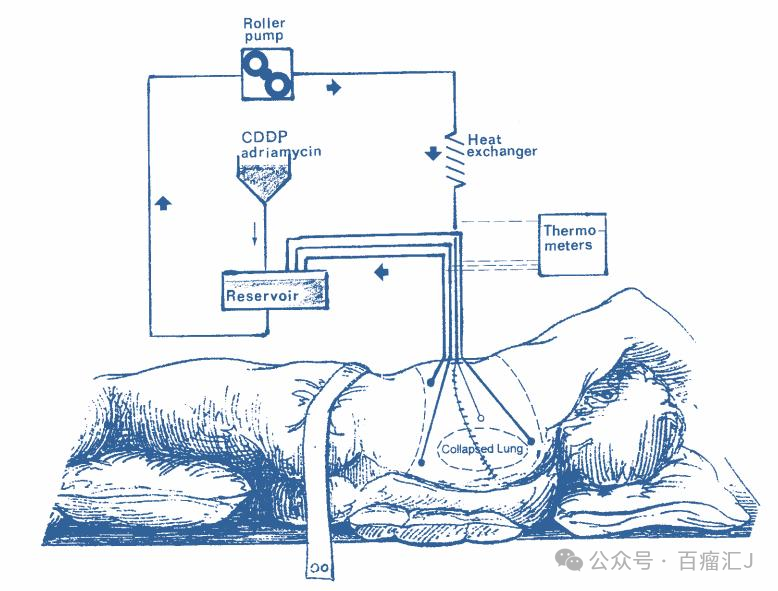
Mechanism of action of precise thoracic hyperthermic intraperitoneal chemotherapy (HITHOC)
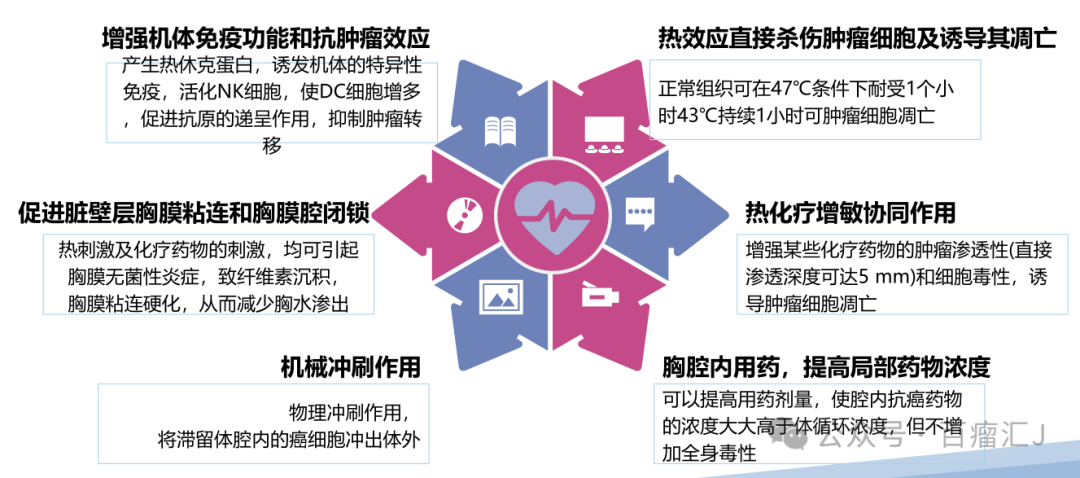
《German Expert HITOC Recommendations》
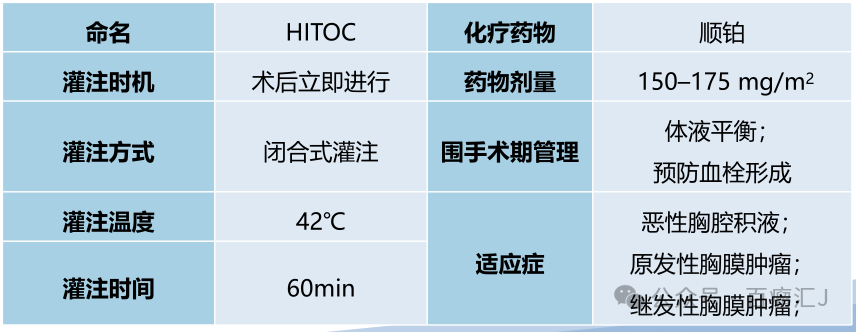
Chinese Guideline Consensus
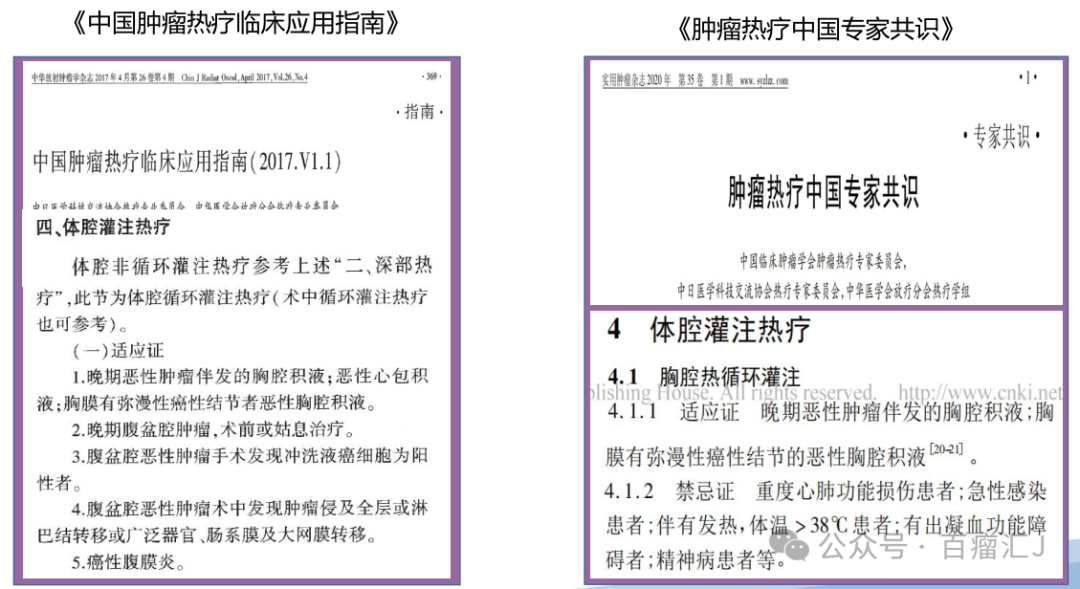
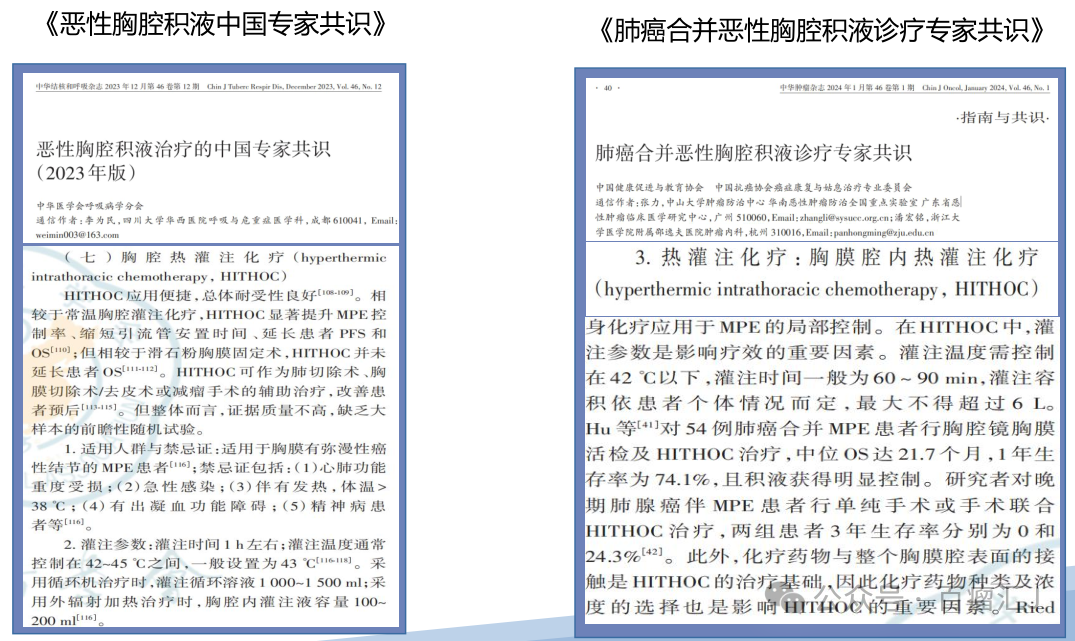
Clinical Application Key Points of HITHOC
I. Patient Selection

Treatment Timing

Intraoperative Catheter Placement
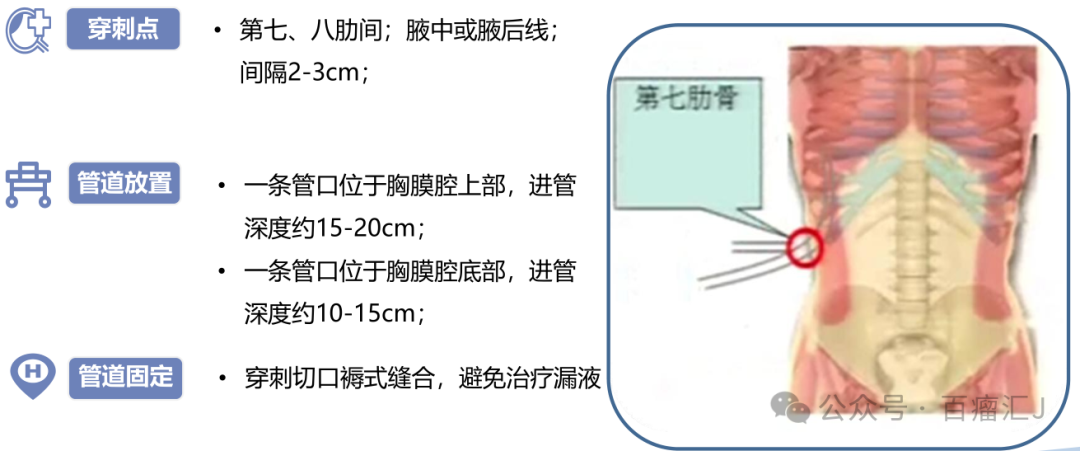
Treatment Plan
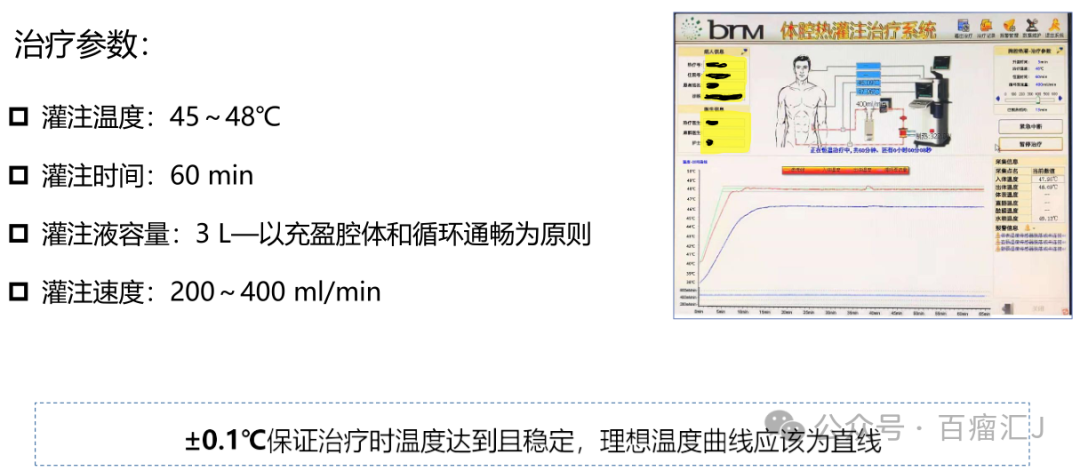
Perfusion Treatment Process
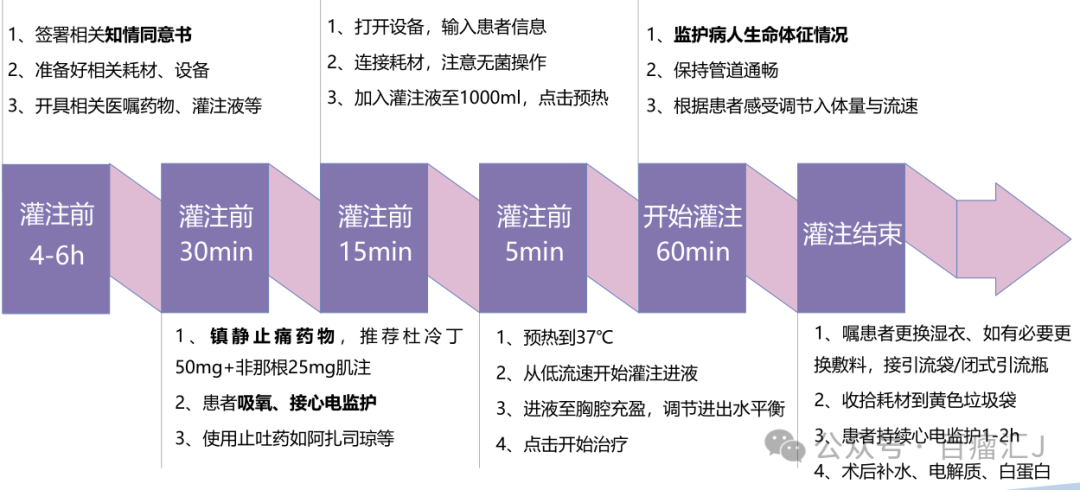
Precautions
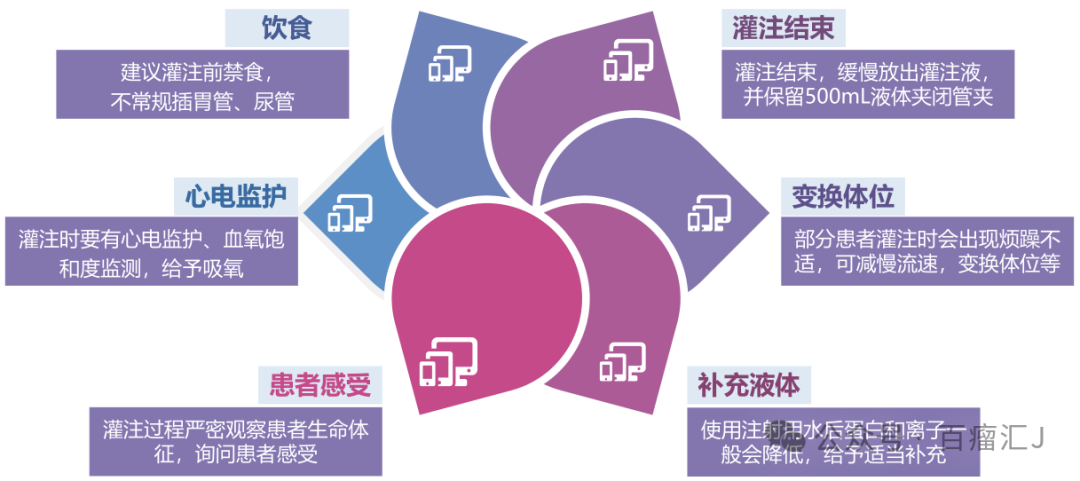
In summary, thoracic hyperthermic perfusion therapy is a new model of comprehensive tumor treatment, with good clinical efficacy in treating malignant pleural effusion and pleural metastasis; the incidence of adverse reactions in thoracic hyperthermic perfusion therapy is low, and it is safe and feasible for clinical application; pre-treatment assessment of relevant contraindications is necessary.



